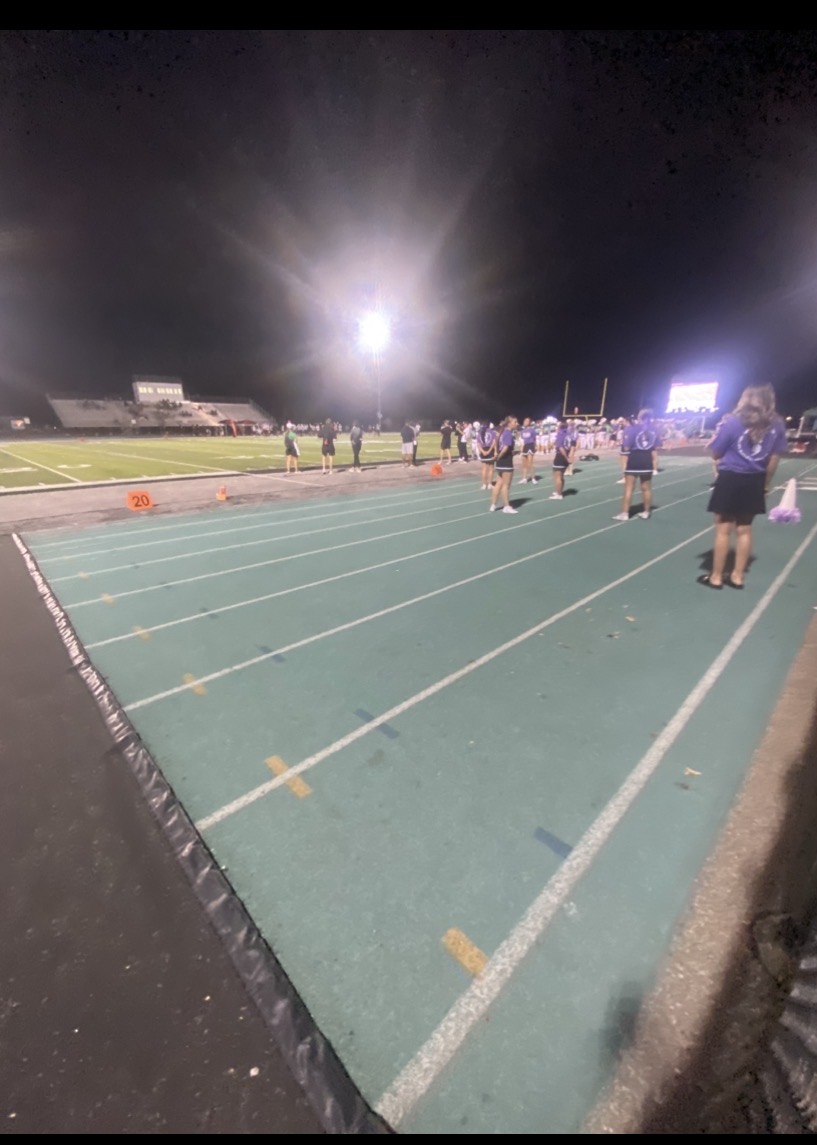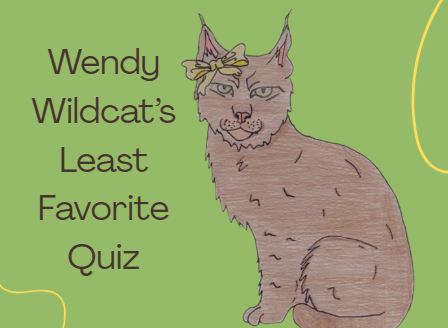Zombies may be made-up, but that hasn’t stopped them from being everywhere. Why are Zombies such a presence in pop culture? Maybe it’s that people enjoy something spooky, but maybe there’s more–we like being scared of something that skirts the line between living and dead, human and non-human.
Zombies are all around during the Halloween season to bring fear as part of a spooky theme, decoration, or costume. But they don’t just stick around for part of the year. Through movies, books, and even campfire stories, the concept of Zombies has inspired and terrified people throughout the world for centuries. Zombie costumes and decor are most popular at Halloween, with lots of kids dressing up and scaring their friends and family. Both kids and adults often dress up as zombies or other scary monsters during the spooky season. One reason zombie costumes might be so popular is that they are easy to make. People can find any old clothes and they are halfway to their costume. Just rip it up, add some stains for dirt and fake blood, and boom: you’re a zombie. You don’t have to look good–you can be as messy as possible and have fun without being judged.
But it’s not just that the costume is easy to make. People are fascinated with the undead for many other reasons. Zombies are mythological people who are both living and dead with skin and blood and sometimes even eyes and organs hanging out. They go around killing living people and feeding on their brains. Zombies are said to eat any part of the body, but the most popular belief is that Zombies eat brains to make them feel more alive than dead.
Ever since the idea of Zombies was developed, their popularity has waxed and waned like the moon (but don’t worry, we’re not talking about werewolves). “The English word “zombie” was first recorded in 1819 in a history of Brazil by the poet Robert Southey, in the form of “zombi”. Dictionaries trace the word’s origin to African languages, relating to words connected to gods, ghosts and souls.” Since then, zombies have more developed over time to the point of where people have made their own versions of zombies or what they think zombies should appear as.
Many different creations of Zombies have surfaced the media. There is the classic version, which is walking bones of detached flesh. There is also a more wholesome type, which comes from the musical, Zombies. These versions of Zombies act just like people, their skin is all intact, and they are happy singing and performing. Aside from those, there’s also specific versions of Zombies, such as slow Zombies, spitting and frothing Zombies, Zombies with weapons, or Zombie limbs without bodies.
People made these separate versions because the scary version is based on the fear of deadly disease, which is what Zombies look like they are suffering from. Pushing this connection between zombies and disease further, it is easy to see how zombies would linked to serious diseases like the Black Plague, and this connection adds to the tension and fear that Zombies give in horror in the films like The Walking Dead that portray the spread of infectious disease. The “better,” not harmful version of Zombies is based on what Zombies could be besides frightening, like the animated series Z-O-M-B-I-E-S, to show that not all Zombies want to eat your brains.
According to Carnegie Mellon University Library, zombies changed forever because of one man. “In 1968 George Romero changed everything about zombie movies – except, of course, that he didn’t. Though it’s often cited as the key film in the now ubiquitous zombie genre, Romero’s Night of the Living Dead never used the term ‘zombie.’ Instead, it referred to its reanimated undead characters as ‘ghouls.’ Initially, the filmmaker himself avoided any zombie references, and cited Richard Matheson’s novel ‘I Am Legend’ as the main inspiration for his horror opus. That novel (thrice filmed, most recently starring Will Smith).” Due to Romero’s works, Zombies became a very popular film topic for thousands of people worldwide. This soon led to other film makers building on his work to make their own movies about zombies. One film maker, Victor Halperin, made White Zombie, another popular and important zombie movie.
Nowadays zombies appear more in video games then in movies, such as Call of Duty, Plants vs. Zombies, and Zombie Shooter. Zombies are also popular in movies or shows such as The Walking Dead, Dawn of the Dead, etc.
So, with Halloween coming up, maybe rip up some clothes and shamble through your neighborhood trick-or-treating knowing the history of zombies.





























